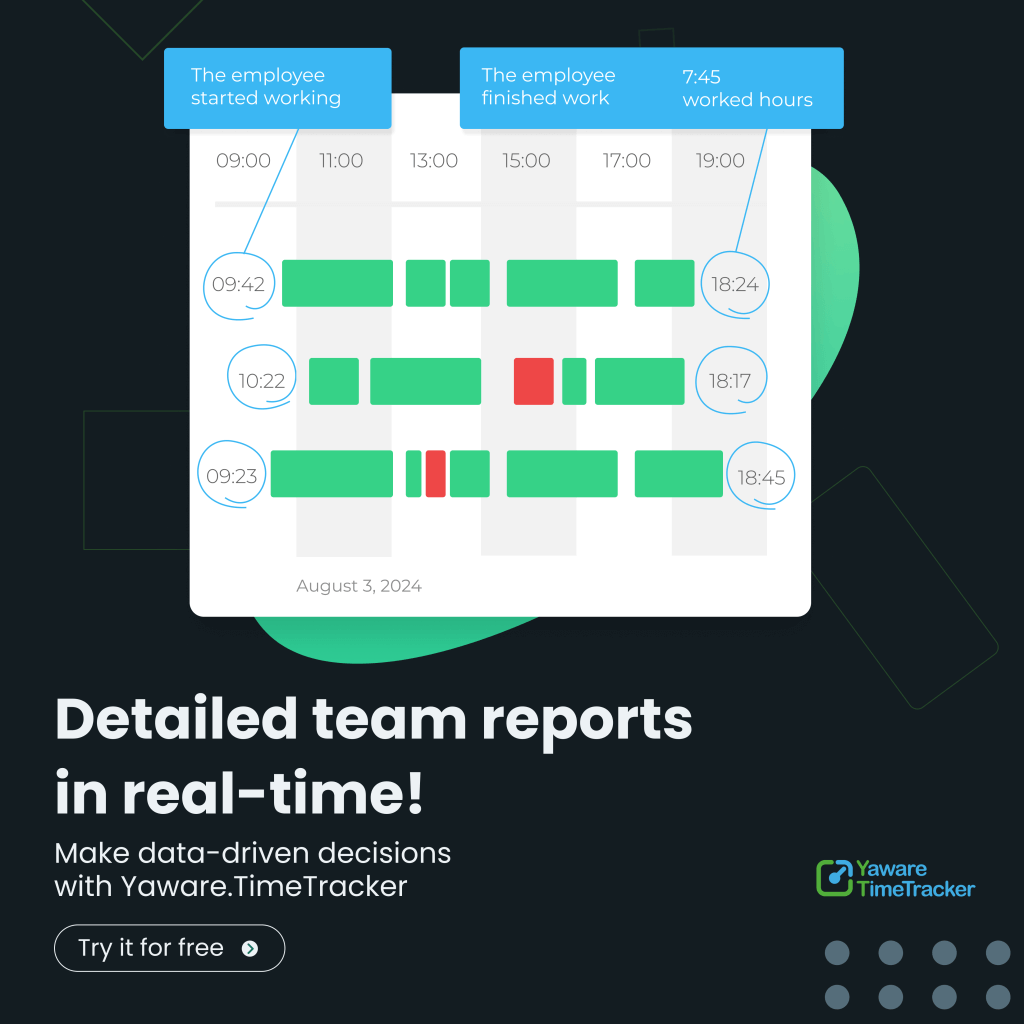67% of managers think they know their remote team productivity levels. MIT research shows they miss the mark by 340%. The hidden cost? $7.4 billion lost daily to invisible time theft.
Remote work has exposed the biggest productivity illusion in business history. Executives celebrate remote team productivity gains while a shadowy epidemic drains company resources at an unprecedented scale.
The invisible productivity killer nobody talks about
Remote team productivity has become the holy grail of modern business. Companies boast about 35-40% productivity increases and massive overhead savings. But beneath these rosy statistics lies a troubling reality: the ghost employee phenomenon.

A ghost employee exists on payroll as someone billing 40 hours while delivering only 12 hours of actual output. McKinsey's 2024 study revealed that 23% of remote workers admit to significant time misrepresentation, costing the average company $50,000 annually per affected employee.
Microsoft discovered this firsthand when analyzing their own remote workforce. Despite tracking “active hours” through traditional methods, a deeper dive revealed that 31% of reported productivity was essentially digital theater—employees appearing busy while accomplishing minimal work.
What happens when transparency meets remote team productivity
Everything changed for Denver-based marketing agency Catalyst Creative when they implemented intelligent productivity tracking. CEO Sarah Martinez had noticed a disturbing pattern: client deliverables were taking 3x longer than pre-remote estimates, despite employees reporting full productivity.
Within 60 days of implementing comprehensive remote team productivity monitoring, the results were staggering:
- 34% increase in actual work output (not just reported hours)
- $127,000 savings from eliminated time waste
- 89% improvement in project delivery accuracy
“We focused on gaining visibility into productive remote work for our team, not micromanaging,” Martinez explains.
The transformation revealed systemic issues beyond time theft. Three employees struggled with home distractions but felt ashamed to admit it. Two employees faced overwork and headed toward burnout. One employee showed genuine disengagement and eventually transitioned out.
The numbers that prove remote team productivity monitoring works
Recent data from 2,400 companies using advanced productivity tracking reveals the true scale of remote work efficiency:
- 47% reduction in time theft incidents within 90 days
- $2,400 average savings per employee annually
- 56% improvement in billable hour accuracy
- 78% increase in project profitability
- 23% boost in client satisfaction scores
- 67% decrease in deadline overruns
- 89% of employees report feeling more accountable and focused
Buffer's transparent approach to remote team productivity tracking yielded even more dramatic results. By making productivity metrics visible to all team members, they achieved 98% employee satisfaction with monitoring practices and 45% improvement in cross-team collaboration.
The key insight? Transparency eliminates the adversarial relationship between monitoring and trust. When employees understand their productivity measurement and access their own data, monitoring becomes empowerment rather than surveillance.
Why industry leaders embrace intelligent remote team productivity solutions
Fortune 500 companies are rapidly adopting sophisticated remote team productivity platforms. GitLab, valued at $6 billion, built their entire remote-first culture around transparent productivity tracking. Their approach: measure outcomes, not activity.
The trend shows clear results: companies that effectively measure remote team productivity outperform their peers by every metric. They attract top talent, retain employees longer, and deliver superior client results.
YawareTimeTracker enterprise clients report similar transformations. Unlike traditional monitoring tools that feel punitive, intelligent productivity platforms provide actionable insights that benefit both managers and employees. The software identifies productivity patterns, suggests workflow optimizations, and helps prevent burnout before it occurs.

Industry analyst Forrester predicts that by 2026, companies without effective remote team productivity measurement will face a 23% competitive disadvantage in talent retention and client satisfaction.
The question every remote-first company must answer
Here's the uncomfortable truth: if you can't measure remote team productivity accurately, you're flying blind in a $19.94 billion market where precision determines survival.
The companies thriving in remote work have the clearest visibility into actual productivity. They've moved beyond trust-based systems to evidence-based management.
The choice remains stark: continue gambling with invisible productivity losses, or implement the transparent measurement systems that separate remote work leaders from the pack.
The ghost employee phenomenon continues to grow. But with the right remote team productivity tools, it doesn't have to haunt your bottom line.

Ready to discover your team's real productivity levels? See how Yaware.TimeTracker intelligent monitoring helps remote teams achieve measurable results without micromanagement.

